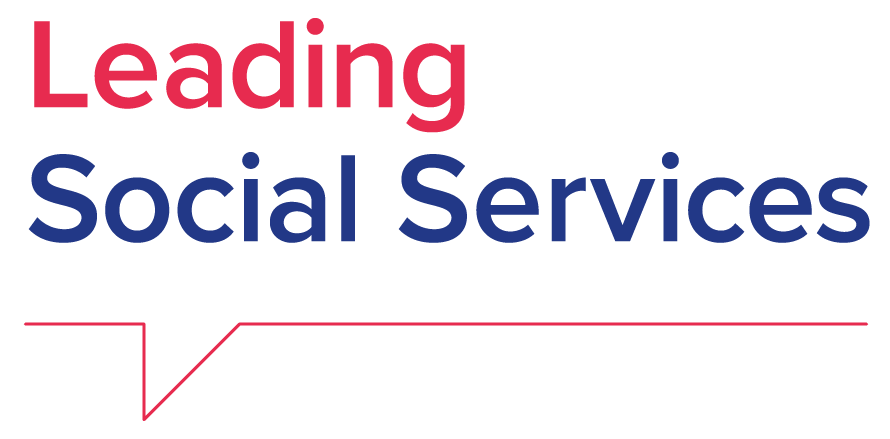The use of AI is starting to revolutionise social services by promoting ways to enhance efficiency, accessibility, and effectiveness across various domains, which I analyse in this article, particularly the use of data analysis for the prevention of societal problems and referral to social services programmes.
The power of data for prediction
AI algorithms can analyse data from various sources, such as housing records, healthcare databases, and the use of social services, to identify patterns and risk factors associated with child abuse or neglect, or to identify individuals at risk of homelessness. Predictive models can help social workers prioritise cases and allocate resources more effectively, for instance to prevent harm to vulnerable children.
By predicting homelessness risk factors, social services can intervene early to provide support and prevent it from happening. Maidstone Borough Council (United Kingdom) designed and implemented OneView, which is an innovative data and analytics tool that brings together data from different services to provide a more effective and secure way to identify people at risk of homelessness. The OneView platform generates risk alerts, such as missed utility payments or housing assistance, to proactively notify frontline officers before a household is at risk of becoming homeless or being threatened with homelessness, enabling proactive intervention before a crisis unfolds.
Improving long-term care
But the impact of AI extends beyond predictive models. Machine learning techniques have also enhanced the design of more effective interventions. Take, for example, long-term care. AI is increasingly being used in long-term care services to improve the quality of care and overall experience of both care users and care givers, while optimising resource allocation. AI is also being used to improve monitoring remotely through sensors and wearable devices, analyse data to reduce the likelihood of falls and injuries, manage medication, and provide robotic assistance and interaction.
The department of health and care in the municipality of Helsingborg in Sweden is using a tool that translates the International Classification of Functioning, Disability and Health (ICF) taxonomy into an instrument that addresses the needs of home care resources, nurses and rehabilitation staff. An AI algorithm processes the data the department has collected from older people to identify trends and target them to offer preventive support at an early stage.
AI-powered virtual assistants and chatbots can also provide support to help identify early signs of loneliness and help social services put in place personalised interventions. The social services department of Madrid City Council (Spain) has used an AI powered virtual assistant to call a sample of 5,163 persons older than 75 to identify if they may be at risk of loneliness as part of their wider strategy to fight loneliness amongst older people in the city. The AI powered tool asked a set of structured questions to identify whether these people felt lonely, had family, friends or someone they could turn to, went out of the home, received visits or wished to have a follow up from municipal services. More than 600 required follow up and caseworkers contacted them for assessment or referral.
Ethical concerns
However, as we explore potential AI rewards in social services, we must also be mindful of the possible ethical risks that arise. AI’s dependence on machine learning, which draws on large volumes of data that may not be entirely representative of the people social services work with, comes with a risk that algorithms used to assess service users will incorporate significant bias related to race, ethnicity, gender, sexual orientation, gender expression, and other vulnerable or protected characteristics. These biases may arise from algorithmic decisions and the lack of diversity in AI development teams, which can contribute to biased algorithms.
Should these alarming possibilities lead us to abandon the use of AI in social services? This notion is probably not realistic or feasible. AI has now become rooted in several aspects of our lives, and it is inevitable that we will encounter its broader application in social services, too. But we are responsible for ensuring that our AI systems do not perpetuate inequalities. Therefore, the collaboration between social services and those who develop the technology is vital at every phase of planning, delivery and evaluation. Together social services professionals and technologists can harness the full potential of AI to improve the lives of those in need and create lasting positive change in our communities.
This is an extract from an article published with Catalonia’s School of Public Administration. To read the full article, click here.


